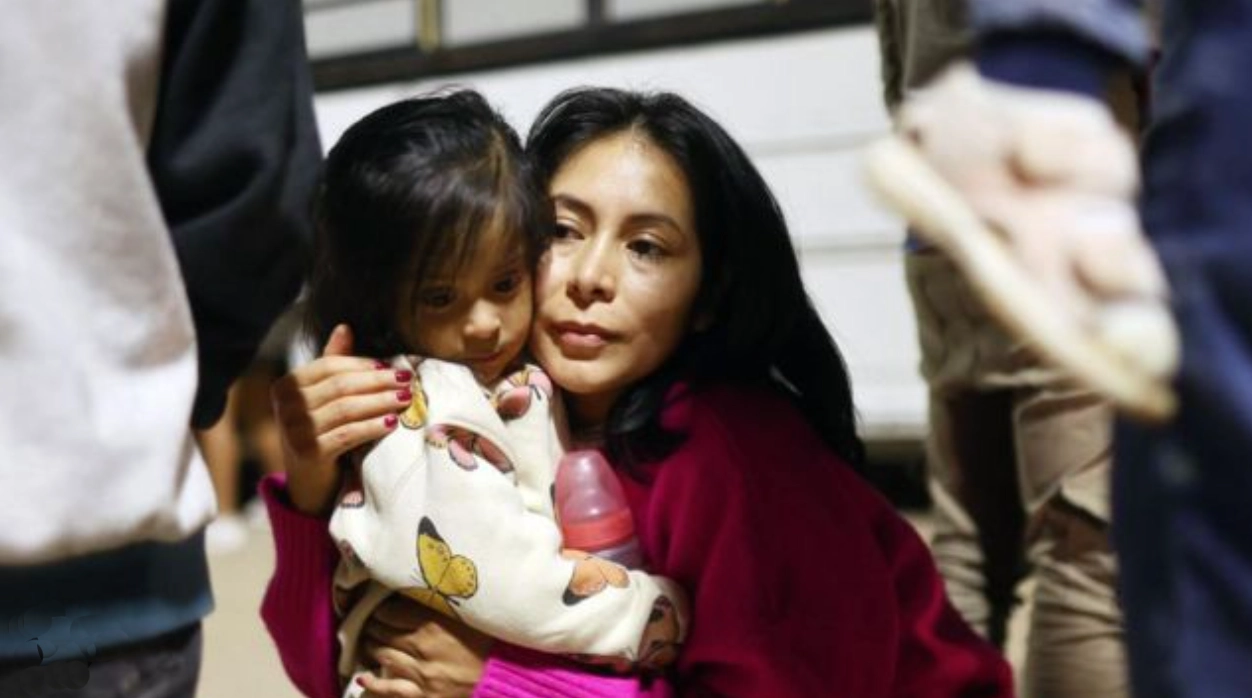Official figures indicate that so far in 2023 the number of Peruvians leaving the country and not returning has quadrupled compared to previous years. Newspaper reports are beginning to speak of a “Peruvian diaspora”.
Strictly speaking, the phenomenon is not new, although it seems to have increased recently. Surveys applied by the pollster IPSOS reveal that in Lima only in 2010, 2011, 2013, and 2014 the refusal to emigrate exceeded the affirmative. Throughout the thirty-year period for which there is information from surveys, in ten of them the yes was above 60% and in five of them — 1992, 2002, 2004, 2005 and 2007 — it reached or exceeded the level of 70%. In the last survey applied in the capital, in August 2022, more than half of the respondents (55%) said they wanted to leave the country… if they could, and three out of ten (29%) stated that they had plans to leave Peru.
A country that expels its people
In a recent book, I have explored through the testimonies of Peruvian emigrants at different times over the last forty years, the reasons for leaving the country. The answers gathered in this volume are those obtained in three moments: 1981, 1998, and 2021-2022.
Certainly, the reasons are diverse. In some cases, Peruvians leave for economic reasons, searching for a job that allows them to support their families. This is the case of migrants from the lower middle strata who have settled in Argentina and Chile, mainly, and to a lesser extent in Spain and the United States. Although there is no statistical basis to support it, it can be imagined that the majority of the millions of Peruvian emigrants — whose exact number is not known due to deficiencies in the available data — fall into this category. They are people fleeing the condition of poverty imposed on them by their environment.
But in other cases, which are those coming from the middle classes and which are included in the book, the reasons for leaving the country are found mainly in the difficulties and obstacles that many Peruvians encounter in carrying out the task they have set out to do.
The answers given in 1981 and 1998 show two lines of development, both of which are usually included in the testimonies. The first seeks to share the specific circumstances that led them to leave the country: a scholarship, a family, or work conflict, a fall into unemployment, etc. The second explores, rather, the characteristics of the country and its inhabitants — perceived at the time of making the choice or appreciated, later, with the advantages that distance gives — that weighed in making the decision or reinforced it later to the point of choosing not to return.
Whether writers, artists, or researchers, they give an account of various attempts made to work in Peru, for which they were denied space and resources. The conclusion is that the country does not allow those who are creators or innovators in any field to develop. The writer Manuel Scorza — author of Redoble por Rancas, among other important novels — wrote: “The man who rebels against a society, especially the Peruvian one, if he survives, faces a dilemma: submit or walk away”.
By going to another country, often without the intention of staying there, emigrants discovered that they were offered what they were denied in their land of origin. These types of reasons appear most clearly in the 2021-2022 testimonies. The search for a better place to develop one’s skills runs through many of these responses. But there are also negative reasons: feeling out of place in their own country. There are a couple of very impressive stories, those of people who left the country to study, train, and return to contribute to Peru. And they found the doors closed, they were even disqualified for having gone abroad to study.
Departure in a flood
In a recent IPSOS survey, respondents were asked about their feelings about Peru. The answer “hope” was chosen by 29%. In today’s Peru, there is a great deal of hopelessness and, in the face of this, one possible response is to try to leave searching for a better life. Perhaps this factor explains the current level of those who leave in order not to return. The number is such that the migration authority cannot cope with issuing passports, which take months to obtain.
Hopelessness has been increasing for decades and recently has jumped, in step with the successive political crises that draw a scenario of uncertainty. The government of Pedro Castillo, installed in July 2021, was weighed down by inefficiency and corruption in its management; it led to an attempted coup d’état that landed him in prison at the end of the following year. He has been succeeded by former Vice President Dina Boluarte, who inaugurated her term with fifty deaths, as a result of a severe repression of the protests in the south of the country in response to the installation of his government. At present, it is not certain that Boluarte, with precarious support in Congress, will be able to remain in office until July 2026.
Another important factor is that, as a result of the pandemic and the measures adopted in response to it, poverty has increased in the country. This year, a World Bank report has indicated that seven out of ten Peruvians are poor or vulnerable at risk of falling into poverty. The report details that “the national poverty rate increased to 30.1 percent, a level not seen since 2010, and extreme poverty reached 5.1 percent in 2020, comparable to the 2013 rate.” The country, then, has regressed, and its economy is incapable of sustaining those who live in it.
When surveys ask, as they do periodically, what the country’s main problem is, insecurity increasingly appears as a central concern of citizens. In October, IPSOS asked respondents about the country’s problem that most affects them. Crime accounted for 23% of the responses, above the cost of living, corruption, and unemployment, which are not minor problems in the Peruvian situation. News about muggings, kidnappings, robberies, and extortion fill minutes of TV and pages of newspapers. In particular, extortion has increased, suffocating small businesses and even cab drivers. Congress has echoed those calling for measures against crime, censuring the Minister of the Interior in mid-November.
As if political uncertainty, economic hardship and citizen insecurity were not enough, the El Niño climate phenomenon is beginning to hit Peru extremely hard. Between the end of this year and mid-2024, rains in some parts of the territory and drought in others will affect the country in a way that will seriously impact food production. A technical report states: “El Niño would trigger a series of problems for the agricultural sector. Warming waters may alter rainfall patterns, resulting in droughts or floods. These changes in precipitation would make cultivation more difficult and thus lead to poor harvests. In addition, El Niño may lead to an increase in pests and diseases, which will further aggravate crop problems.”
If leaving the country was, for decades, an option for intellectuals and creators, today it is in the minds of more and more Peruvians, from different walks of life, for whom emigration probably appears as a means of survival.
*Translated by Janaína Ruviaro da Silva from the original in Spanish.












